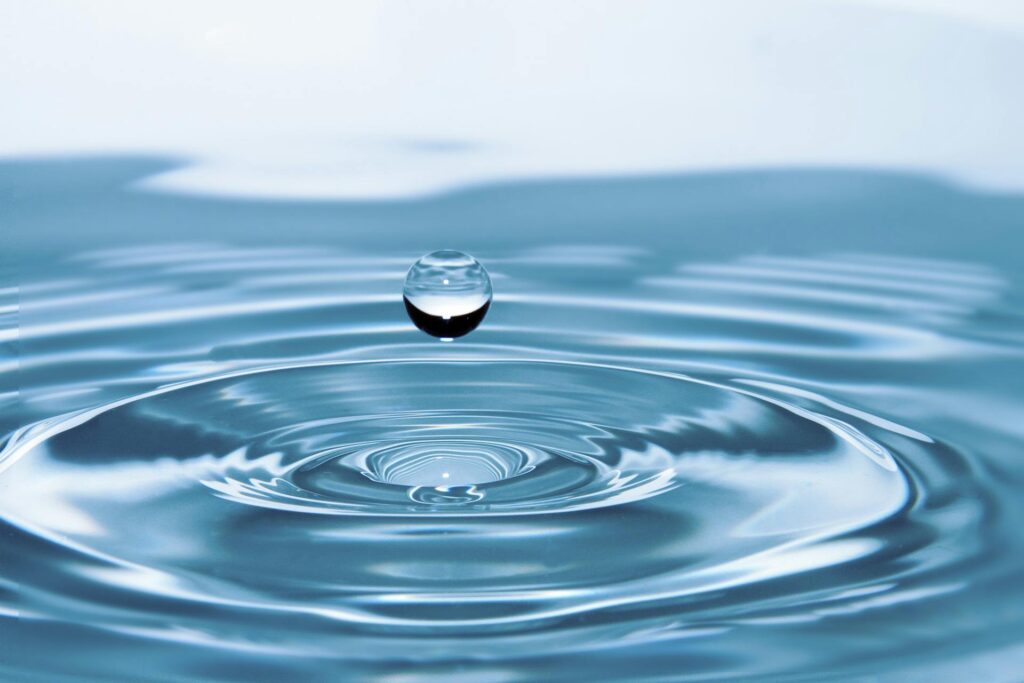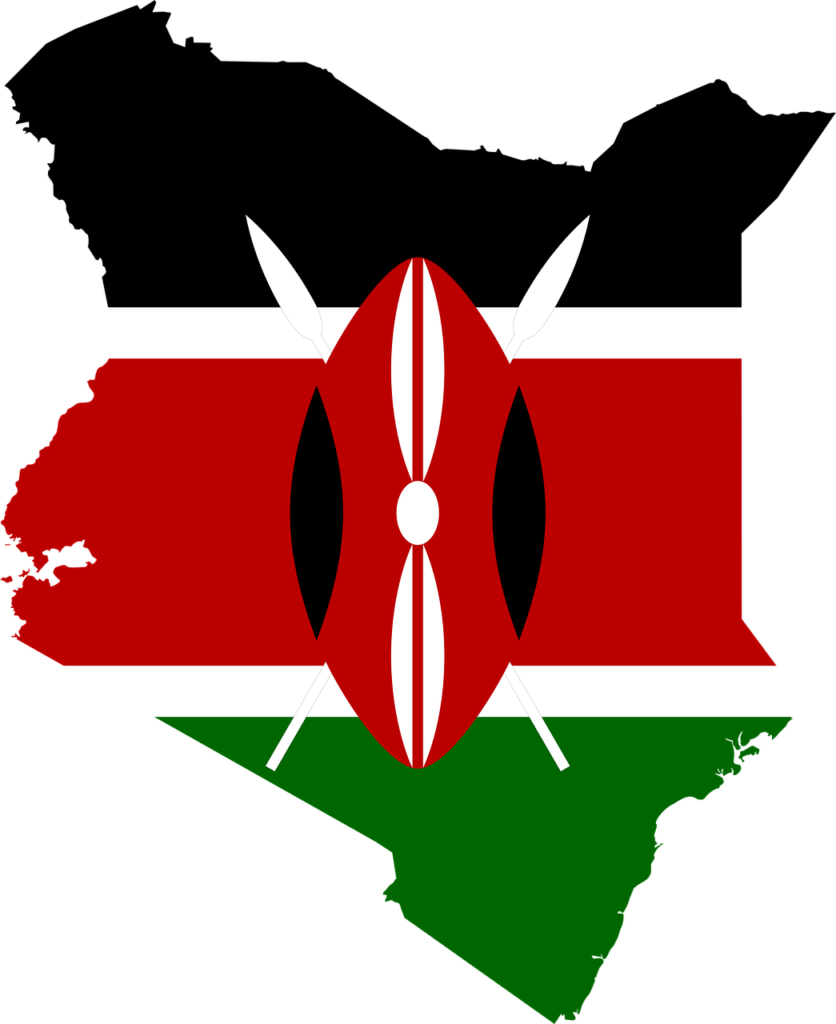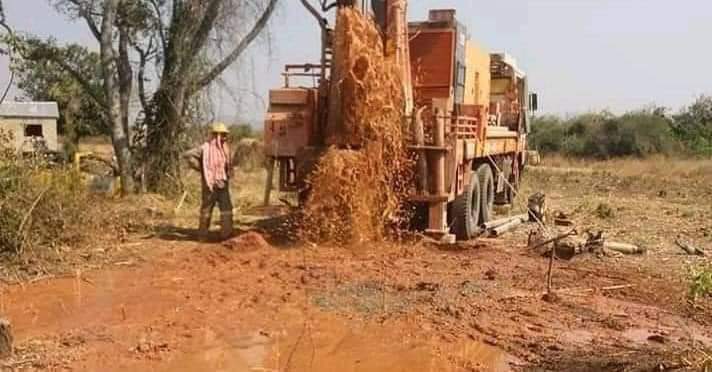When you turn on your borehole tap and see crystal-clear water flowing out, it’s natural to assume it’s safe to drink.
After all, groundwater has been filtered through layers of soil and rock, right?
Unfortunately, the reality of borehole water quality in Kenya tells a very different story.
Recent national surveys reveal a shocking statistic: over 60% of boreholes across Kenya contain water that exceeds World Health Organization safety standards.
Even more alarming, many property owners remain completely unaware of the invisible dangers lurking in their “clean” water supply.
The Geography of Contamination: Why Your Location Determines Your Water Quality
In Kenya, water contamination isn’t random, it follows predictable geographical patterns. The same geological forces that create reliable water sources also concentrate specific contaminants that can affect your family’s health for decades.
Understanding these regional contamination patterns is crucial for any property owner with a borehole.
Let’s explore what’s really in your water based on where you live.
The Rift Valley: Kenya’s Fluoride Hotspot
The Scale of the Problem
The East African Rift Valley, stretching from Turkana to Tanzania, represents one of the world’s most fluoride contaminated groundwater regions.
In Kenya alone, 61.4% of groundwater samples exceed 1.0 parts per million fluoride, while 19.5% contain levels above 5.0 ppm, more than three times the WHO safe limit of 1.5 ppm.
Why It Happens
Volcanic activity throughout the Rift Valley has deposited fluoride-rich minerals like fluorite (CaF₂) in aquifer systems.
When groundwater comes into contact with these formations, particularly in high-temperature, low-calcium environments typical of rift geology, fluoride dissolves readily into the water supply.
The Health Impact
Fluoride contamination causes two primary health conditions:
Dental Fluorosis: Permanent tooth discoloration and structural damage, affecting up to 75% of children in high-fluoride areas.
Skeletal Fluorosis: Progressive bone and joint damage that can lead to severe disability. Studies show that long-term consumption of water containing 3-6 mg/L fluoride leads to skeletal fluorosis in 10% of the population.
High-Risk Areas
- Nairobi and surrounding areas
- Nakuru County (some areas recording up to 38 mg/L)
- Eastern Province
- Central Kenya highlands
- Parts of Kajiado County
If you’re in the Rift Valley, fluoride testing isn’t optional, it’s essential for protecting your family’s long-term health.
Coastal Kenya: The Salt Water Invasion
The Creeping Crisis
Kenya’s coastal regions face a different but equally serious contamination challenge: saltwater intrusion. Over-extraction of groundwater has created a vacuum that allows Indian Ocean seawater to infiltrate freshwater aquifers.
In Kilifi County, over 70% of boreholes show evidence of saltwater intrusion, with chloride levels reaching 400-600 mg/L – double the recommended maximum of 250 mg/L.
The Economic Impact
Saltwater intrusion doesn’t just affect drinking water:
- Agricultural irrigation becomes impossible
- Industrial operations suffer equipment corrosion
- Tourism facilities face guest complaints about water quality
- Property values decline in affected areas
Affected Coastal Areas
- Mombasa County
- Kilifi County
- Kwale County
- Malindi and surrounding areas
- Watamu region
The challenge with saltwater intrusion is that once it occurs, remediation is extremely difficult and expensive.
Mining Regions: Heavy Metal Contamination
The Hidden Danger
Western Kenya’s mining activities have introduced heavy metals into groundwater systems at dangerous concentrations. Recent studies in Kakamega County found mercury levels up to 0.061 mg/L – twelve times the WHO safety limit.
The Contamination Profile
Common heavy metal contaminants in mining areas include:
- Mercury: Primarily from gold mining operations
- Lead: From various mining and smelting activities
- Arsenic: Natural occurrence enhanced by mining disturbance
- Cadmium and Chromium: Industrial byproducts
Health Consequences
Heavy metal contamination is particularly insidious because:
- Effects are cumulative and often irreversible
- Symptoms may not appear for months or years
- Children are especially vulnerable to neurological damage
- Traditional water treatment methods are often ineffective
High-Risk Mining Areas
- Kakamega County (gold mining)
- Parts of Siaya County
- Areas around Macalder Mines
- Migori County mining belt
Urban Areas: The Bacterial Battlefield
The Sanitation Challenge
Kenya’s rapidly growing urban and peri-urban areas face widespread bacterial contamination due to inadequate sanitation infrastructure. Studies in Nairobi’s informal settlements show that 87% of boreholes contain bacterial contamination during the rainy season.
The Contamination Sources
Urban groundwater contamination primarily comes from:
- Pit latrines located too close to water sources
- Inadequate septic system installation
- Surface runoff carrying urban pollutants
- Cross-contamination from broken sewer lines
The Health Risks
E. coli levels of up to 195 colony-forming units per 100mL have been documented in urban boreholes (safe level: 0 cfu/100mL). This level of contamination can cause:
- Acute gastroenteritis and diarrhea
- Typhoid and paratyphoid fever
- Cholera in severe cases
- Long-term digestive system damage
Nitrate contamination is equally dangerous, with some urban areas recording levels of 163 mg/L – more than three times the safe limit. High nitrate levels cause methemoglobinemia (“blue baby syndrome”) in infants, which can be fatal without immediate treatment.
Regional Testing and Treatment Strategies
Smart Testing Based on Location
Rather than conducting expensive comprehensive tests, focus on your region’s specific contamination profile:
Rift Valley Properties:
- Fluoride analysis (priority)
- pH and alkalinity testing
- Calcium and magnesium levels
Coastal Properties:
- Electrical conductivity
- Chloride content analysis
- Total dissolved solids (TDS)
- Sodium levels
Mining Region Properties:
- Heavy metals screening (mercury, lead, arsenic)
- pH testing
- Comprehensive chemical analysis
Urban/Peri-Urban Properties:
- Bacterial contamination testing (E. coli, total coliforms)
- Nitrate and nitrite analysis
- Ammonia levels
Treatment Solutions That Work
Fluoride Removal:
- Bone char filtration systems
- Activated alumina filters
- Reverse osmosis (for multiple contaminants)
Saltwater Treatment:
- Reverse osmosis systems
- Ion exchange systems
- Electrodialysis (for large-scale applications)
Heavy Metal Removal:
- Specialized activated carbon filters
- Ion exchange resins
- Reverse osmosis with metal-specific pre-filters
Bacterial Treatment:
- UV sterilization systems
- Chlorination (with proper residual management)
- Ozone treatment for comprehensive disinfection
The Cost of Inaction
Ignoring regional water quality issues isn’t just about health risks – it’s about long-term financial impact:
- Medical treatment for fluorosis, heavy metal poisoning, or waterborne diseases
- Reduced property values in contaminated areas
- Equipment damage from corrosive or mineral-rich water
- Productivity losses from illness and health issues
- Emergency treatment system installation costs
Taking Action: Your Next Steps
1. Understand Your Regional Risk
Identify which contamination category applies to your property based on geographical location and local geology.
2. Conduct Targeted Testing
Work with certified laboratories to test for region-specific contaminants rather than generic water quality panels.
3. Install Appropriate Treatment
Choose treatment systems specifically designed for your contamination profile rather than one-size-fits-all solutions.
4. Implement Regular Monitoring
Establish testing schedules based on contamination risk, quarterly for high-risk areas, annually for moderate-risk locations.
5. Work with Regional Experts
Partner with drilling and water treatment professionals who understand local geological conditions and contamination patterns.
Professional Water Solutions for Kenyan Conditions
At Bonvic Drilling, we’ve spent years mapping Kenya’s groundwater contamination patterns across diverse geological formations.
Our region-specific approach ensures that your water system addresses local contamination risks effectively.
Our comprehensive services include:
- Geological risk assessment based on location
- Targeted water quality testing protocols
- Region-specific treatment system design
- Ongoing monitoring and maintenance programs
- Emergency response for contamination events
Why Regional Expertise Matters
Generic water treatment approaches often fail because they don’t address specific local contamination patterns.
Our geological knowledge, combined with extensive field experience across Kenya’s diverse regions, ensures that your investment in water treatment actually solves your specific water quality challenges.
Conclusion: Clean Water Starts with Understanding Your Geology
Kenya’s diverse geological landscape creates equally diverse water quality challenges.
From Rift Valley fluoride to coastal saltwater intrusion, from mining heavy metals to urban bacterial contamination, understanding your regional risks is the first step toward ensuring safe, reliable water for your family.
The good news is that all of these contamination issues are solvable with the right approach. The key is matching your treatment strategy to your specific geographical and geological reality.
Don’t wait for visible symptoms or obvious taste changes – many of the most dangerous contaminants are completely undetectable without proper testing. Protect your family’s health and your property investment by taking action based on your regional contamination profile.
Ready to ensure your borehole water is safe for your family? Contact Bonvic Drilling today for a comprehensive regional water quality assessment. Our expert team provides targeted solutions based on Kenya’s unique geological challenges.
Contact Information:
- Website: www.bonvicdrilling.com
- Phone: 0720-545-191
- Email: hello@bonvicdrilling.com
Disclaimer: This information is for educational purposes and should not replace professional water testing and treatment advice. Always consult with certified water quality professionals for specific recommendations.


